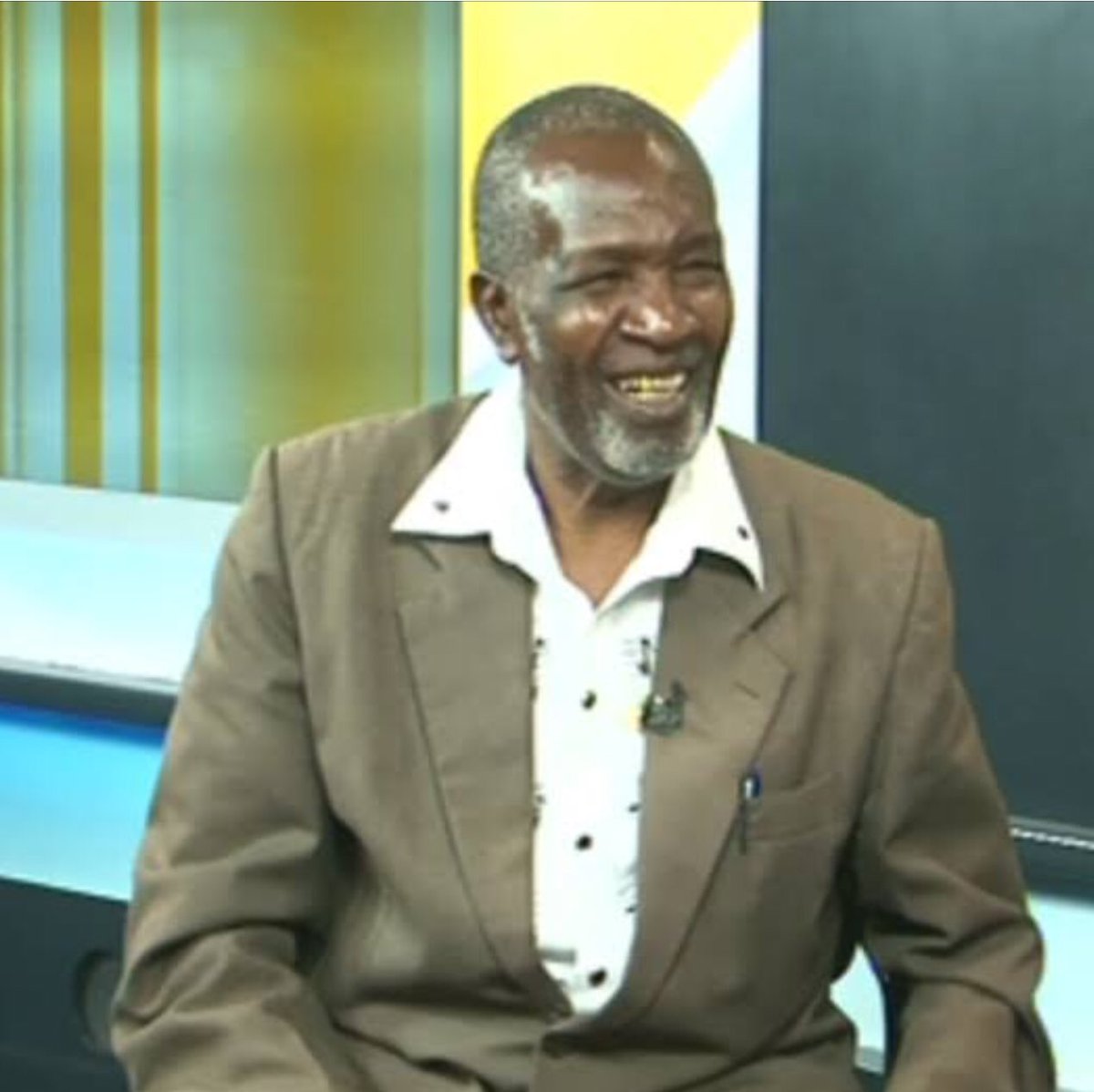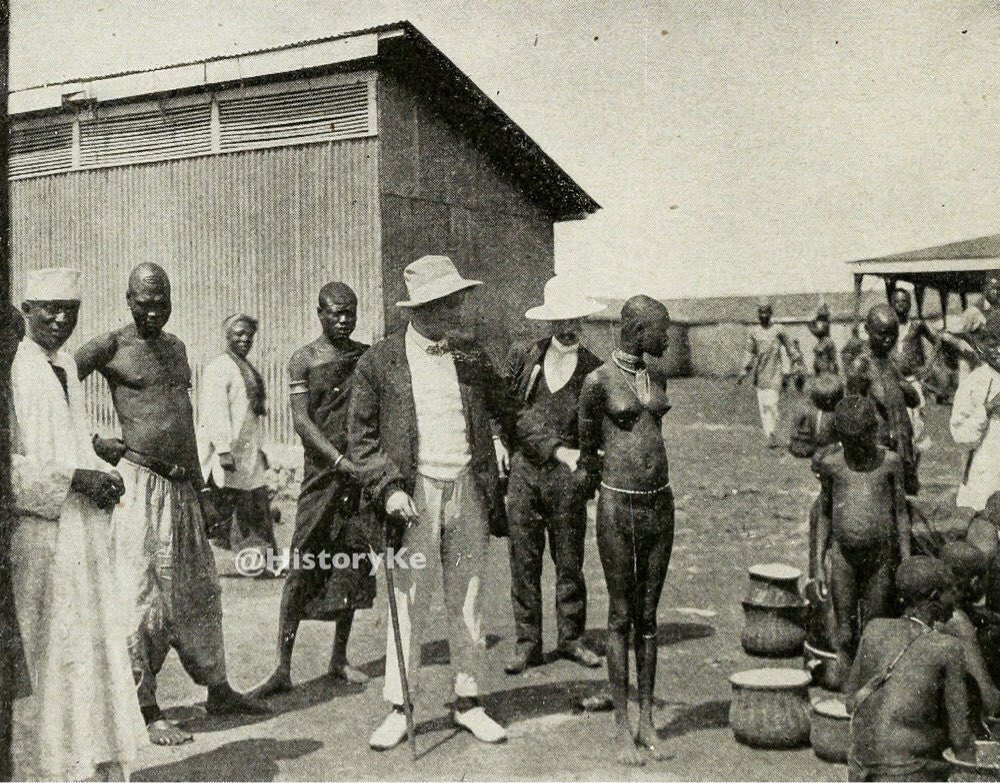Published in San Francisco, United States, Western Field was an American west coast monthly sports hunter magazine.
The magazine featured stories about the hunting exploits of various American hunters both at home and overseas.
The magazine featured stories about the hunting exploits of various American hunters both at home and overseas.

One such adventurer was Elmer Davies, who spent some time among the Wakamba, Wataveta and the Agîkûyû in the period until sometime in early 1904.
We do know that a number of African communities used to discard bodies of the very sick ones, or dead bodies, in the bush. Elmer corroborates known traditions of the manner in which the Agîkûyû dealt with their dead in his memoirs, which were published in the magazine.
He wrote thus:
“If a Kikuyu dies, the near relatives drag the corpse outside the village and allow hyenas to devour it. None but the headmen are ever buried. They are buried in the village so that the grave can be watched in order that hyenas may not dig them up. Should anyone..
“If a Kikuyu dies, the near relatives drag the corpse outside the village and allow hyenas to devour it. None but the headmen are ever buried. They are buried in the village so that the grave can be watched in order that hyenas may not dig them up. Should anyone..
...having no friends or relatives nearby be about to die, he is hustled outside the village and left to die alone as it was something akin to an abomination to touch the corpse of a stranger.”
Elmer also studied the way in which the iron smelters of the Agîkûyû (‘aturi’, they are called, from which word the Agîkûyû have names like ‘Mûturi’) harnessed fire to forge spears and arrows. 

“Some of the Kikuyu men are good blacksmiths and fashion their spears and arrow-heads in a remarkable manner, considering the tools they have to do the work with”, he observed.
Elmer learnt that the iron was often sourced from traders from the coast, and earlier from among the Nandi. He doesn’t say how he got to know about the trade in iron among various communities. But I should point out that his adventures in East Africa happened around the same...
...time that the Nandi raided and robbed railway construction teams of telegraph wires (copper) and steel.
“The reader will no doubt wonder where the iron which the Kikuyu smiths use comes from. At present most of it comes from the coast, but in former years it was secured from the Nandi people and one or two other tribes farther west, who smelt iron from the virgin ore...”, he wrote.
And this is how he described the works of the Agîkûyû blacksmiths:
“The anvil is usually a hard piece of flint, the hammer a smaller piece of the same rock. For a forge they dig a hole in the ground, then taking a piece of goatskin which has been sewed into...
“The anvil is usually a hard piece of flint, the hammer a smaller piece of the same rock. For a forge they dig a hole in the ground, then taking a piece of goatskin which has been sewed into...
...the form of a bag with both ends open, they tie one end of it tightly around a hollow piece of bamboo; this bamboo is then laid underground and covered up with the open end pointing to where the fire will be; now taking two sticks which are long enough to reach across the...
... other end of the goatskin bag, they sew one on either side so that when these sticks are pressed together no air can escape between them. With a small loop of leather on each stick, the forge is complete.
When a fire or charcoal is started in the hole the blacksmith adjusts a thumb and finger of the left hand in the loops on the two sticks, and as he raises the gas from the ground holds both sticks apart, thus allowing the air to enter, then closing the sticks firmly together...
... to confine the air he presses down, which action forces the air out through the bamboo into the fire; it is a contrivance that would do credit to wiser heads....”
Before venturing into the mountainous region of the Agîkûyû, Elmer had spent some time among the Wakamba.
Suggesting that the Agîkuyû could not match the culinary appetites of their Wakamba neighbours, Elmer wrote the following:
Suggesting that the Agîkuyû could not match the culinary appetites of their Wakamba neighbours, Elmer wrote the following:
“Although heavier eaters than white men, these people (Agîkûyû) are not such gluttons as the Wakamba. They seem to have no set time for meals, but eat when hunger appeals to them, which is sometimes often, but generally only one or two times a day... 

...For food they bake green bananas with the peel on or dry them and make flour from which a sort of oil cake is made. Yams and grain are ground into a flour before using, and mixed with milk or grease...”
That the American’s hosts loved their mûratina drink and snuff in not in doubt. And Elmer was generous in his observations.
“As before stated the Kikuyu are addicted to the use of strong drink; this is made from sugarcane in the following manner:
“As before stated the Kikuyu are addicted to the use of strong drink; this is made from sugarcane in the following manner:
Stripping the shell from the sweet pith -which is the part used - they cut it into small pieces which are pounded into a sort of mesh and left to ferment for some time before the liquor is drained off and used. Those white men who have tasted it say it is very intoxicating....
...both sexes use a great deal of tobacco and snuff. The latter is carried in a receptacle made of horn or ivory hung on a string around the neck. When talking they resort to this with remarkable frequency, and snuff combined with the oil on their faces...
...gives them anything but an inviting appearance....”
God willing, I will soon wrote about Elmer’s observations while living among the Wakamba.
Have an observant evening, everyone.
God willing, I will soon wrote about Elmer’s observations while living among the Wakamba.
Have an observant evening, everyone.
All images here, except that of the Western Field book cover, were taken by Elmer Davies and feature Agîkûyû in their traditional costumes.
• • •
Missing some Tweet in this thread? You can try to
force a refresh













